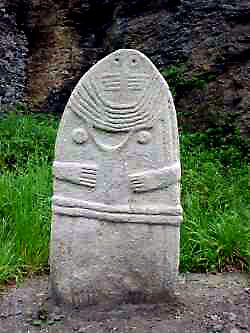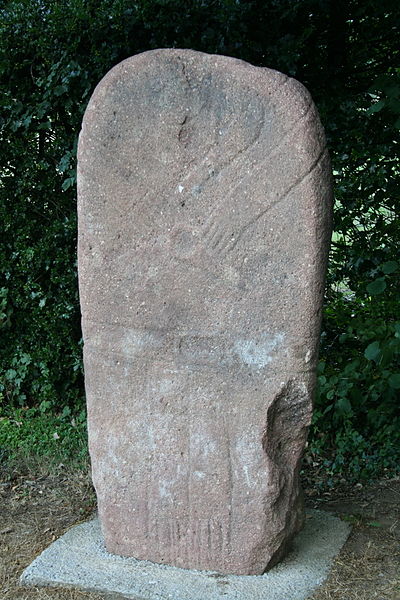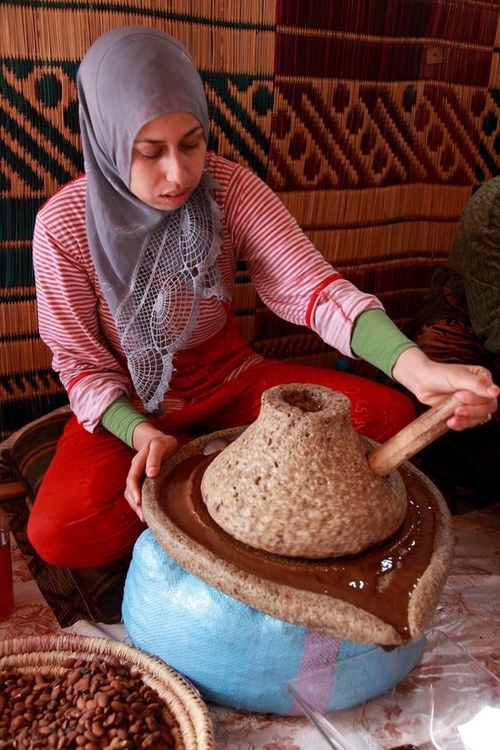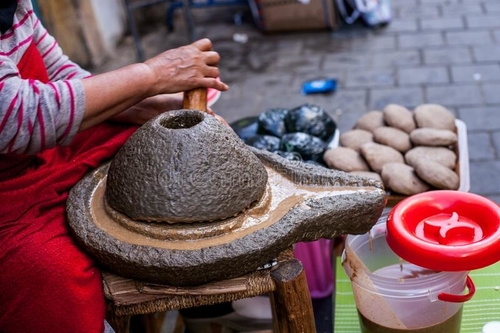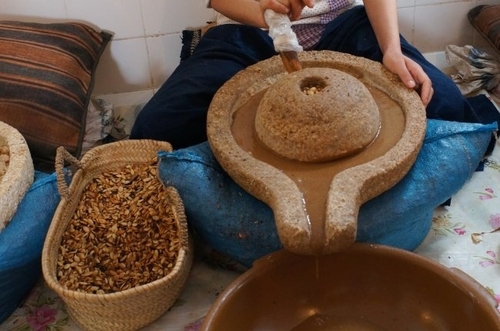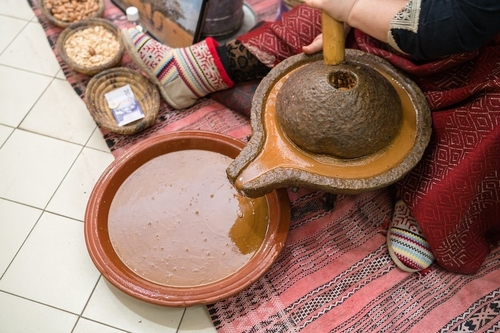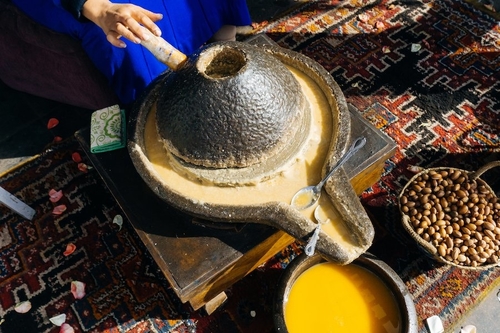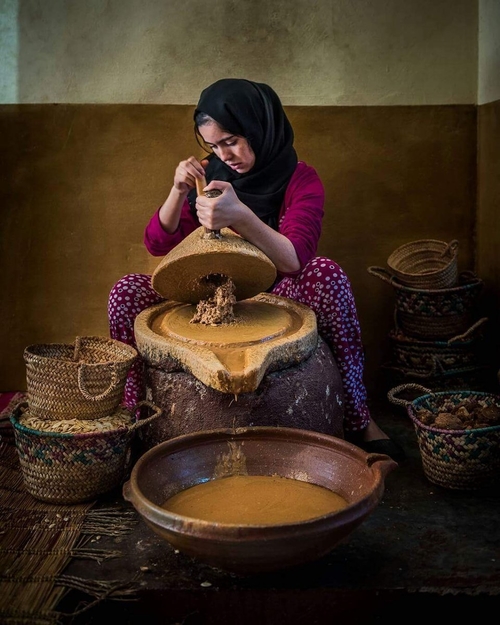
| SHIVLINGAM
Shivlingam Shivlingam can be can be explained in 3 ways 1. Spiritual and Scientific, 2. History of Lunette (Stele) and, 3. Possibilities and Facts. 1. Spiritual and Scientific :
The word Shivling does not mean Shiv’s Ling. This word is misunderstood because it is compared with Hindi language. Shiv Lingam is a Sanskrit word which means Shiv’s Sign / Symbol (ling).
If we see lingam it contains two parts Lingam and yoni. The picture of Mount Kailash resembles the lingam and yoni. So we can say that shivlings are smaller version of Mount Kailash and in Shivlings we are actually worshiping Mount Kailash.
Mount Kailash is important because 4 rivers Brahmputra, Indus, Sutlej and Karnali (Tributary of Ganges), originate from near it. Mount Kailash was some kind of Power source (nuclear) what we are actually worshipping in Shivlings is as Source of Power (nuclear). This can be true because we pour water on the shivlings. We pour water because water is a coolant and nuclear power requires coolant. Thus our act of pouring water on Shivling is representation that we are cooling the nuclear plant because if we don’t use coolant nuclear plant could explode causing destruction (as they say it happens when Lord Shiv is God of Destruction). Thus to cool Lord Shiv we pour water so that they don’t get hot and explode.
The way we put tilak on the shiv lingam is 3 lines. This resembles the lines on the face of Mount Kailash. Thus we could say actually we are worshipping Mount Kailash in Shivlings.
There is Rakshashtal near Mount Kailash where bathing is prohibited. It is said that Ravan took bath in that lake and now no one’s take bath because who ever baths in the water of Rakshashtal they get disfigured/ become Rakshash. It is said that Ravan, the King of Lanka wanted to take Mount Kailash to Lanka. He picked up Mount Kailash and left for Lanka but could not reach Lanka. Why a King wanted to take Mount when he had everything in world. It may be because Kailash was a nuclear power plant which Ravan wanted to take to Lanka. Because after touching radioactive source Ravan carried nuclear residue which was left in Lake Rakshashtal after he bathed in it. Now whoever bathes in radioactive water will get disfigured due to ill effects of radiation. Could it be that Rakshashtal has radioactive remains of the power plant? If the waters of Rakshashtal test positive for radiation (we don’t know this yet) then we can say Mount Kailash is nuclear power plant.
Another practice is that before worshiping Shree Yantra of Goddess Laxmi we should touch it to Shivlingam. Yantra means Machine. Every machine requires some power source to function. Could it we be implying that we should touch a machine (yantra) to a power source (shivling) before we make use of the machine. This act leaves us to think that that Shivling is source of power.
Like the cylinder of the Shivlingam, the nuclear reactor too needs a regular supply of water to cool it down as it heats up during the process of generating energy. Notice the coils around the main reactor? Those are the structures built to dispose of the water- just like the coils around the lingam.
While it has been universally assumed that the 12 Jyotirlings are objects of mere esoteric, spiritual homage, there are overwhelming indications that the Shivling symbolizes atomic reactors of immemorial past. There are innumerable and irresistible points of identity between the two.
Consider the shape. The shape of a Shivling is identical to modern atomic reactors.
A Shivlingam is traditionally rooted in standing water below the ground level. Over the emblem also hangs a pitcher which constantly drips water over the Shivlingam. The holy Ganga is also depicted as flowing over the head of Lord Shiv. All these indicate condensation devices (including a crescent moon on the forehead). Why are so many condensation devices associated with Shivlingam (and Shiv), if it does not symbolizes an energy producing facility?
It is only in a Shiv temple that the water flowing from the lingam is not consumed as holy water. The water from a lingam is not drunk for precisely the same reason as the water from a nuclear reactor is not potable- it is charged water. Why are shiv temples always found near a source of water, say a river or lake? That is because shiv lingams- just like modern day reactors need water for cooling the core. Do you know that no one is allowed to cross the spout of a shiv lingam during pradakshina- circumambulation of the lingam during worship? People have to turn back as soon as they approach the spout because the spout represents irradiated water.
Devotees of Shiv complete only 3/4th round of the Shivling. They must turn back from the water outlet. They are not supposed to cross that waste water channel. Priest’s say “the water coming out of Shivling is “impure” and that one must not touch it at any cost". Hence the waste water emerging from the Shivling depicted radioactive waste and hence traditionally should not be crossed.
A scientific neutralizer also used to be provided. Namely when Gharund is placed at the water outlet and the waste water channeled through it, devotees may freely cross the waste water channel to complete the round. This clearly points to the fact that ancient Hindus had devised a scientific gadget by which they could neutralize the atomic waste.
We put bael leaves (bilipatra) on a lingam. These leaves are believed to have a capability to absorb radioactive radiation and hence protect vulnerable lives around a lingam.
Jyotirlings, ancient nuclear power houses :
On a closer analysis of the term Jyotirling, we find that the Sanskrit term ‘Jyoti’ means light and ‘ling’ means symbol. Therefore the term Jyotirling can also be translated as ‘Symbol of light’.
Each of the twelve Jyotirling is situated near a water body. It again symbolizes condensation process.
In a study carried out, ground water in Varanasi was found to have a much higher radioactive Uranium content than permissible limit. What is the reason for such a high Uranium content in Varanasi? We know that the Kashi Vishvanath Jyotirling is situated in Varanasi. If we have reliable methods of evaluating radioactive contents dating back 5000-7000 years, we may have the twelve sites checked.
Milk and Radioactivity :
Milk is nature's perfect radioactivity delivery system, Danielle, ideally suited to slipping nuclear contaminants into places where they can mess you up good. Let's review its many insidious advantages.
Radioactive Stones :
Granite :
By definition, granite is an igneous rock with mica, amphibole, at least 20% quartz and up to 65% alkali feldspar by volume. Granite differs from granodiorite in that at least 35% of the feldspar in granite is alkali feldspar as opposed to plagioclase; it is the potassium feldspar that gives many types of granite a distinctive pink color.
Granite is a natural source of radiation, like most natural stones. However, some granites have been reported to have higher radioactivity thereby raising some concerns about their safety.
Potassium-40 is a radioactive isotope of weak emission, and a constituent of alkali feldspar, which in turn is a common component of granitic rocks, more abundant in alkali feldspar granite and syenites. Naturally, a geiger counter should register this low effect.
Some granites contain around 10 to 20 parts per million (ppm) of uranium. By contrast, more mafic rocks such as tonalite, gabbro or diorite have 1 to 5 ppm uranium, limestone’s and sedimentary rocks usually have equally low amounts. Many large granite plutons are the sources for palaeo channel-hosted or roll front uranium ore deposits, where the uranium washes into the sediments from the granite uplands and associated, often highly radioactive, pegmatites. Cellars and basements sunk into soils over granite can become a trap for radon gas, which is formed by the decay of uranium. Radon gas poses significant health concerns, and is the number two cause of lung cancer.
Thorium occurs in all granites as well. Conway granite has been noted for its relatively high thorium concentration of 56 (±6) PPM.
Granite stone as well as the chair you are sitting on, the air you are breathing every day and the soil you are standing on. Basically everything in nature has some level or radioactivity. However, the radioactivity of granite (or your chair) is not so high that it could produce any harm.
The radioactivity of all the materials around us comes from tiny quantities of mostly uranium that is inside of almost any natural material. Sedimentary rocks like sandstone for example contain about one to four micrograms of uranium per gram of rock. Igneous rocks (that is basalt or granite) can contain between 0.5 to four micrograms of uranium per gram of rock. However, usual sand like beach sand for instance contains about three micrograms of uranium per gram of sand and the average soil contains one to three micrograms of uranium per gram.
The
radioactivity of granite and marble is therefore not higher
than the radioactivity of any other natural object around. 2. History of Lunette (Stele) :
Stele with Decree of Nectanebo I (lunette of the top 1/3 of stele) The lunette spatial region in the upper portion of stelas, became common for stelas as a prelude to a stele's topic. [clarification needed] Its major use was from ancient Egypt in all the various categories of stelas: funerary, Victory stelas, autobiographical, temple, votive, etc.
The lunettes are most common from ancient Egyptian stelas, as not only is the topic of the stele presented, but honorific gods, presenters, individuals, etc. are previewed, and often with Egyptian hieroglyphic statements.
The main body of the stele is then presented below, often separated with a horizontal line (register), but not always. In Egyptian stelas, many have horizontal lines of hieroglyphs; often the lunette will contain shorter vertical statements in hieroglyphs, sometimes just names of the individuals portrayed, hieroglyphs in front, or behind the individual.
Personal votive stele 19th
Dynasty Egypt, post Amarna :
Amarna Period :
The Amarna Period was an era of Egyptian history during the later half of the Eighteenth Dynasty when the royal residence of the pharaoh and his queen was shifted to Akhetaten ('Horizon of the Aten') in what is now Amarna. It was marked by the reign of Amenhotep IV, who changed his name to Akhenaten (1353–1336 BC) in order to reflect the dramatic change of Egypt's polytheistic religion into one where the sun disc Aten was worshipped over all other gods. The Egyptian pantheon was restored under Akhenaten's successor, Tutankhamun.
Gallery :
Ancient Eyptian
Example of Lunette with Wings, (filling the semicircle top of stele)
Lunette of upper Ancient Egyptian stele, filled with vertical registers of hieroglyphs
Stele of Amenhotep I
Twin steles of Decree of Nectanebo I, for Nectanebo I
Ancient Egypt stele (a snake aficionado)
(minor upper lunette) Deeply incised, bas-relief main body of stele Non-Egyptian :
Upper scene from Naram-Sin of Akkad's stele To know more about Stele Click here.
1. Shivlingam in Veds :
The mention of Shivlingam is found in Purans and not in Veds. Purans were written between 7th and 5th century BC. During the attack of Asurs, the descendents of Vashisht migrated to India and it is this time when Purans were written and Buddhism, Jainism, zoroastrianism, Judaism and Christianity were formed officially as a religion but the base is same which is of Sumerians who are Aryans this is the reason why we find many similarities is all different the religions including Shia Islam.
To know about Aryans and Hinduism and first migration of Aryans into India Click here. 2.
Shivlingam Design :
Lingam The original Shivlingam looks like above it was later that the base was added for water to flow and offerings to be kept. Originally the Lingam and Base are not joint they both are seperate but now a days in temples the Lingam and Base both are joint made of single stone.
3. Origin of Shivlingam :
In the Starting Aryans were Sun Worshippers and Chaldeans worshipped Snakes, Tortoise, Bull (Nandi), etc. due to matrimonial alliances Snake is kept on Shivlingam and Tortoise and Bull is kept infront of Shivlingam in temples.
Early Egyptian dynasty was Aryan origin having matrimonial alliance with Chaldeans and hence we can see Sun, Snakes, etc. in Egyptian Stele.
Shivlingam with Snake
Shivlingam with Bull (Nandi)
Shivlingam with Snake and Bull (Nandi)
Bull (Nandi) and Tortoise As written by Lieutenant Colonel Laurence Austine Waddell Shiv is Indra / Adam / Thor and Parvati is Inanna / Eve.
To know more about it Click here. 4.
Similar
culture is seen in various countries below I am giving a example
:
A bixi-born Yan Temple Renovation Stele dated Year 9 of Zhizheng era in Yuan Dynasty (AD 1349), in Qufu, Shandong, China 5. The Hammurabi code of laws :
The Hammurabi code of laws, a collection of 282 rules is written on a stele which shape looks like a Lingam. It is possible that when Aryans migrated to India between 7th and 5th B.C. due to Asurs (Assyrian) attack they did not carve a specific shape on stele because along with Aryans, Chaldean, etc. also migrated to India and as Aryan Warriors (Kshatriyas / Rajputs) had Matrimonial Alliance with Chaldean they worshipped few common gods hence a stele without any image or writing became a Shivlingam for all faiths.
The Hammurabi code of laws 6. Jaladhari :
Another important thing kept on Shivlingam is Jaladhari through which drop by drop water falls on Shivlingam. As a matter of fact it was Varahamihir who had built Jaladhari not for religious purpose but for time calculation.
As drop by drop water falls he would calculate time but people kept his Jaladhari on Shivlingam.
Varahmihir (c. 505 – c. 587) in Gupta Period, also called Varah or Mihir, was an ancient Indian astrologer, astronomer, and polymath who lived in Ujjain (Madhya Pradesh, India). He was born at Kayatha, in the Avanti region, roughly corresponding to modern-day Malwa (part of Madhya Pradesh, India), to Adityadas. According to one of his own works, he was educated at Kapitthak.
Varahmihir's most notable works were the Brihat Samhita, an encyclopedic work on architecture, temples, planetary motions, eclipses, timekeeping, astrology, seasons, cloud formation, rainfall, agriculture, mathematics, gemology, perfumes and many other topics.
Shivlingam and Jaladhari
Jaladhari 7. Trident :
A trident is kept near Shivlingam. about which Lieutenant Colonel Laurence Austine Waddell has explained.
Shivlingam with Trident 8.
Trident
in Statue Menhir :
A neolithic Sardinian menhir (c. 2500 BC) recovered at Laconi and assigned to the Abealzu-Filigosa culture The Abealzu-Filigosa culture was a Copper Age culture of Sardinia (2700-2400 BC). It takes its name from the locality of Abealzu, near Osilo, and Filigosa, near Macomer.
The populations of this culture lived mainly in the Sassarese area and other parts of central-southern Sardinia. They still used obsidian to produce tools and weapons but copper objects, such as the daggers depicted in the Statue menhir, were becoming common. Lead and silver were also smelted. Their economy was focused on pastoralism and agriculture. They worshipped warrior ancestors and created megalithic monuments.
The pottery of Abealzu show some similarities with those of the Rinaldone and Gaudo culture from the Italian peninsula.
To this period date the second phase of construction of the massive megalithic temple of Monte d'Accoddi.
Sardinia is the second-largest island in the Mediterranean Sea, after Sicily, and one of the 20 regions of Italy. It is located west of the Italian Peninsula, north of Tunisia and immediately south of the French island of Corsica.
There were Phoenician (Panchal) ports near Mediterranean Sea this is why we find Trident and many common symbols accross the region.
Statue menhir :
A statue menhir is a type of carved standing stone created during the later European Neolithic.
The statues consist of a vertical slab or pillar with a stylised design of a human figure cut into it, sometimes with hints of clothing or weapons visible.
La estatua-menhir del Pla de les Pruneres (Mollet del Vallès). Complutum, 2011, Vol. 22 (1): 71–87. Universidad Complutense de Madrid. Madrid Locations
:
There are two in Guernsey, La Gran' Mère du Chimquière ('the Grandmother of the Cemetery'), a highly detailed example in the churchyard of Parish of Saint Martin, and another known simply as La Gran' Mère in the Parish of Castel. The latter is an earlier, less detailed example found buried underneath the porch of the parish church.
Statue-menhir la Dame de Saint-Sernin, musée Fenaille de Rodez
Statue menhir of Paillemalbiau (Murat-sur-Vèbre)
Statue menhir of Laconi, Sardinia 9. Argan Oil Stone Grinder similar to Shivlingam :
Argan Oil Grinder
Argan Oil Grinder
Argan Oil Grinder
Argan Oil Grinder
Argan Oil Grinder
Argan Oil Grinder Here, we can see that Argan oil grider in Morocco is Similar to Shivlingam.
The history of the oil of argan has often been confused with the history of Morocco, becoming this the emblem of the lands of the country. Argan oil has passed through the hands of various peoples. One of the first uses that were given to the oil of Argan was to feed the oil lamps; the Phoenicians used it as fuel thanks to the high luminosity that gives off this oil. Later, the Berber people in Morocco discovered their cosmetic and nutritional virtues and began to incorporate it into their habits of life.
There are claims that Argan oil was sold by merchants in the Mediterranean region around 12th century B.C. this claim can or cannot be true but we know that Argan oil is connected with Phoenicians (Panchals) who are Aryans.
It is possible that the Argan oil grinder was to in making Somras which is mentioned in Veds and Purans which was later worshipped as Shivlingam or it is also possible that Shivlingam was later used as Argan oil grinder.
Source :
https://en.wikipedia.org/wiki/Lunette_(stele)
https://en.wikipedia.org/wiki/Amarna_Period
https://en.wikipedia.org/wiki/
https://en.wikipedia.org/wiki/Sardinia
https://en.wikipedia.org/wiki/Statue_menhir |

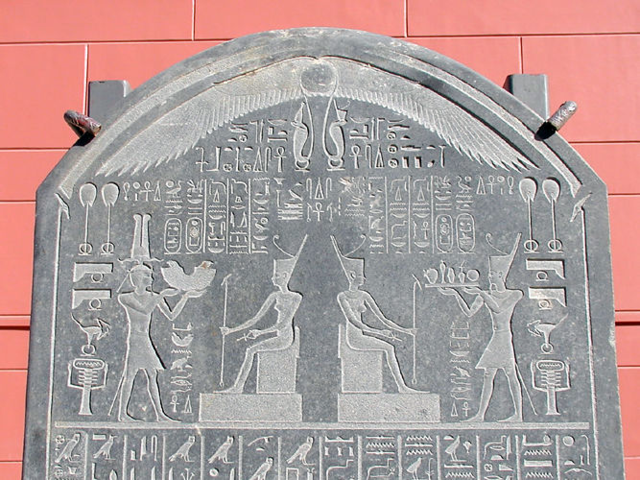
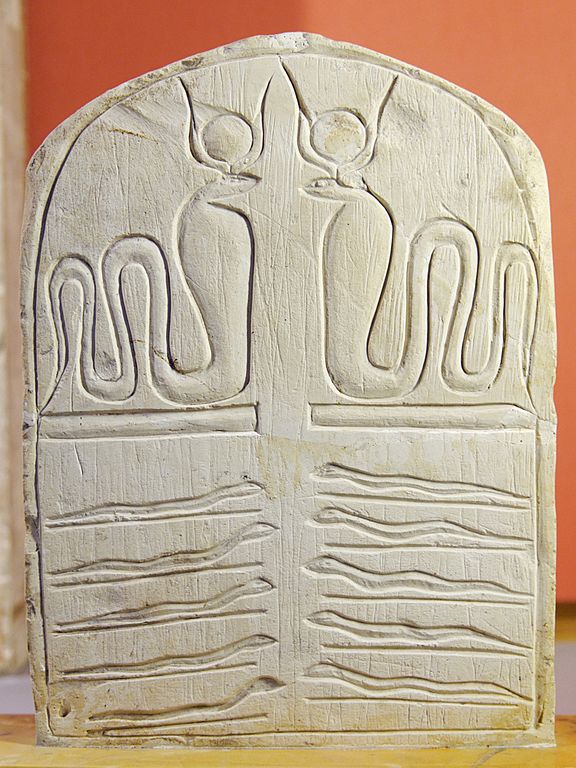
.jpg)
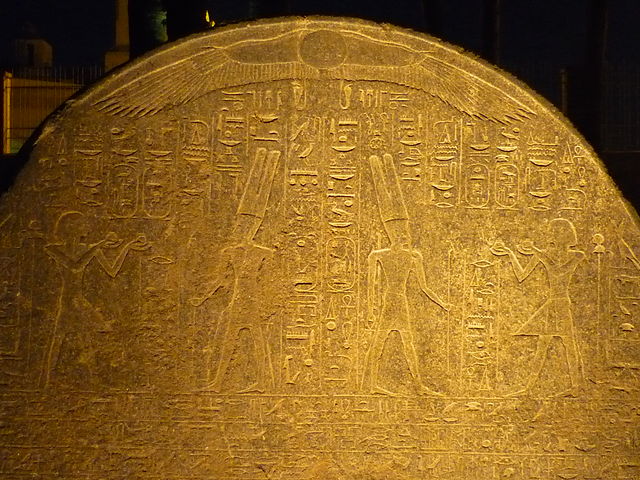
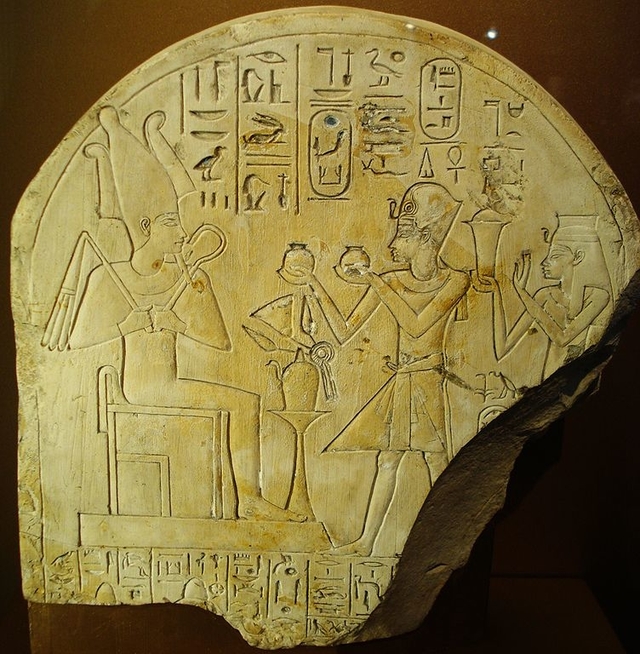
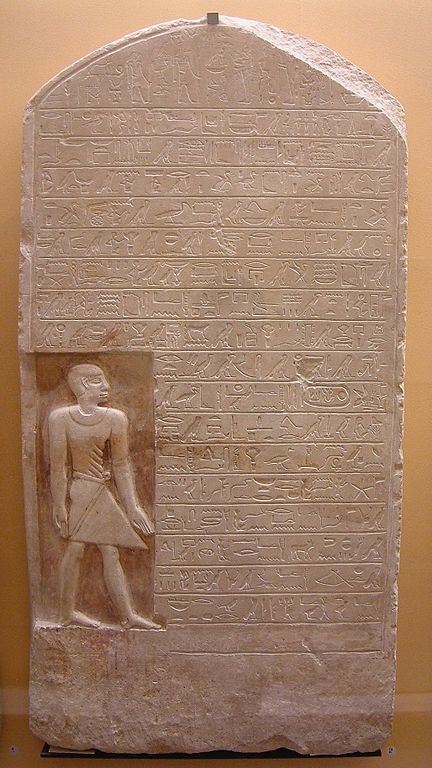



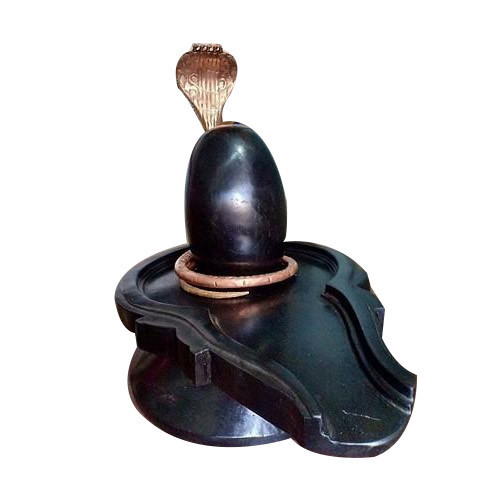

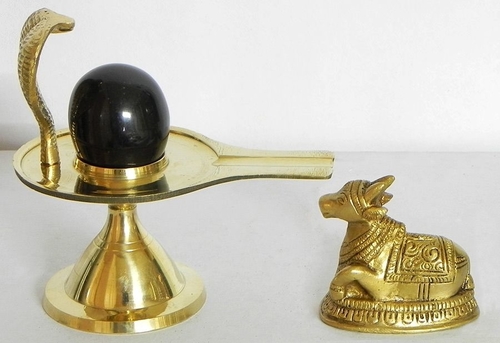
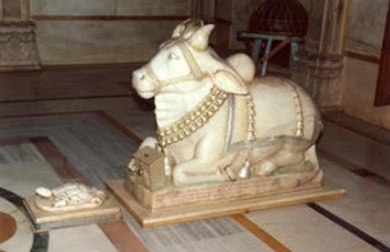
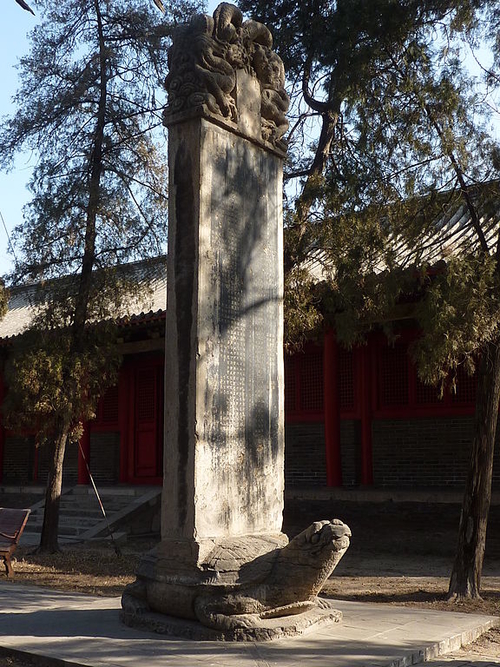
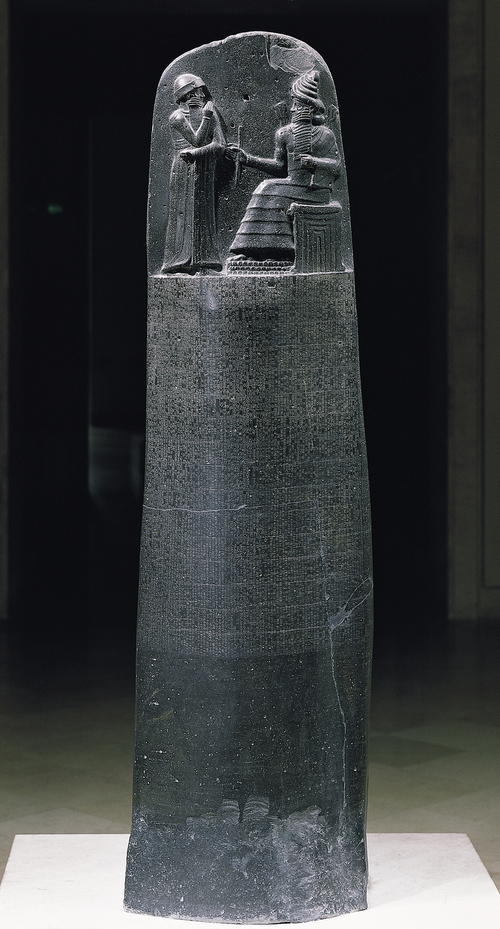
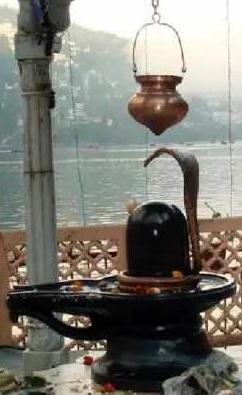
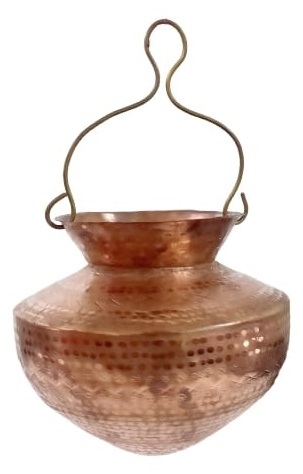
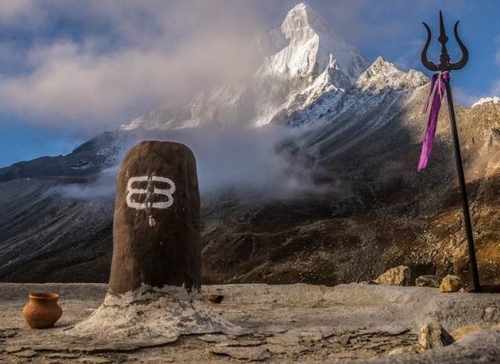
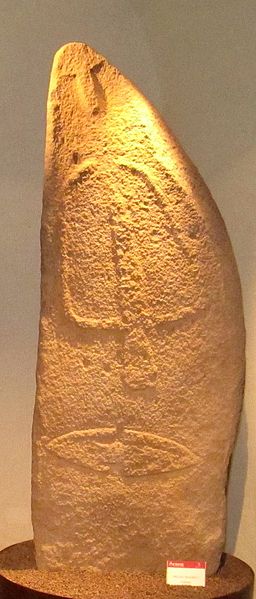
.jpg)
